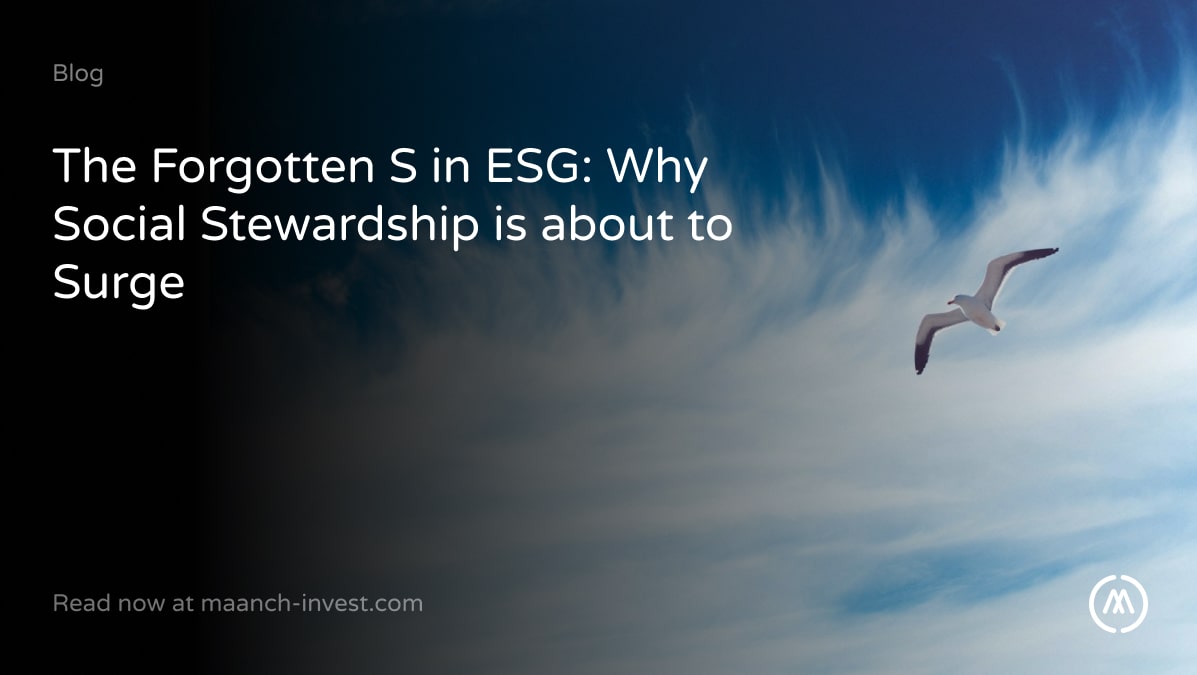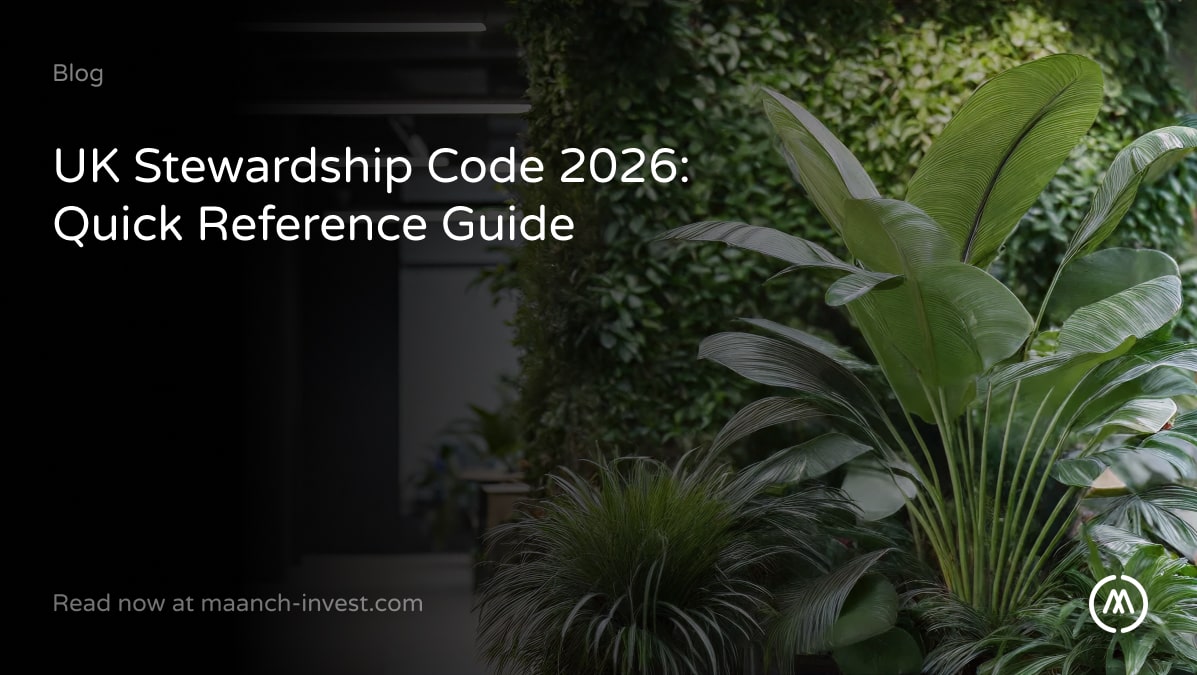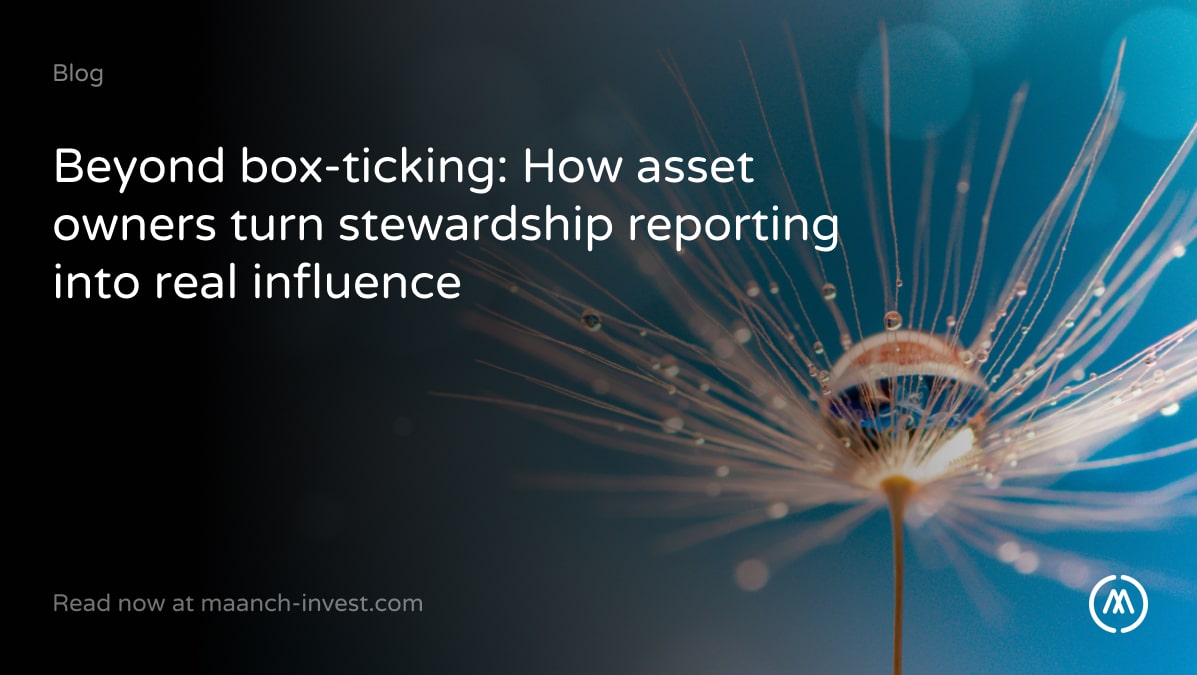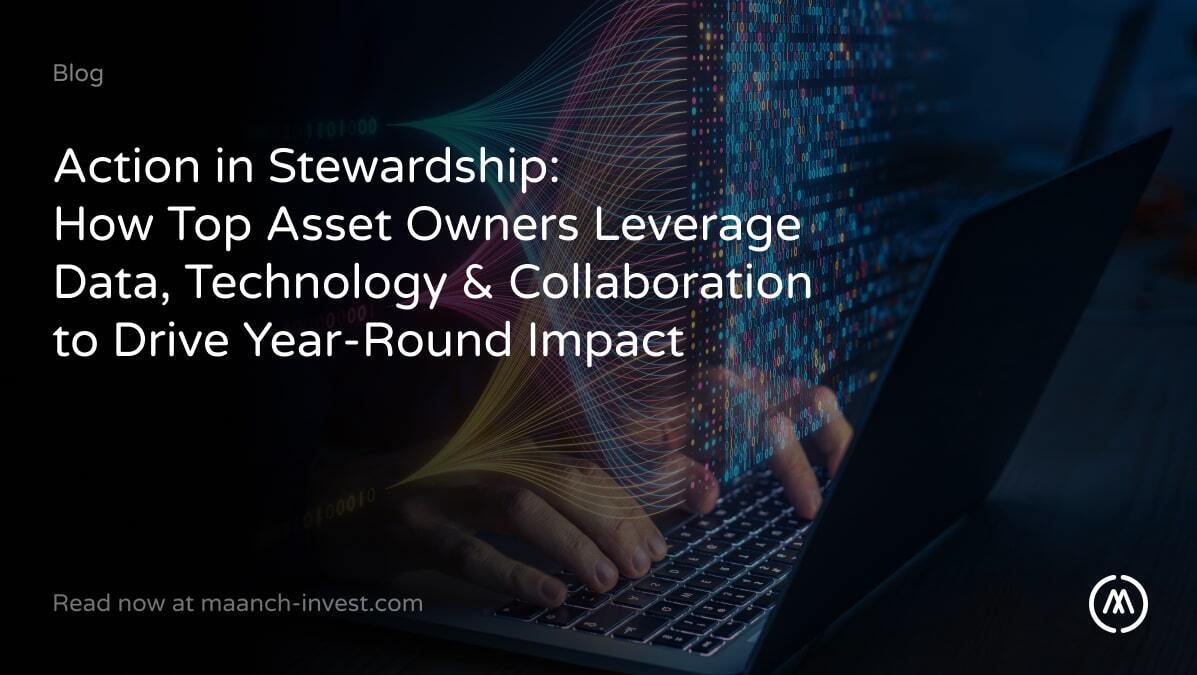For years, the “E” in ESG has dominated headlines. Climate targets, biodiversity commitments, and net zero portfolios are now standard fare in investor conversations. But a quieter revolution is underway. The “S” in ESG, social issues like labour rights, inequality, and community wellbeing, is moving to the spotlight of stewardship, led by European investors.
Why now? Because the risks are becoming impossible to ignore. Reputational damage, regulatory scrutiny, and systemic instability are forcing investors to look harder. To look at how companies treat their people and the communities around them. From global supply chains to the fields that feed us, social stewardship is becoming the next credibility test for asset owners.
The Risks Hiding in Plain Sight
Technology & Mining: Recent reporting highlights how companies are turning to artificial intelligence to uncover forced and child labour risks. These are hidden deep in supply chains for minerals and electronics. AI can process vast amounts of shipping and purchasing data to flag red flags. It also raises an uncomfortable truth. Despite initiatives like the PRI’s Advance Program and the OECD Guidelines for Multinational Enterprises, some investors have been flying blind. There’s a need for focus on human rights issues that impact the energy transition.
Energy Transition Supply Chains: The rush to build solar and wind capacity has a darker underside. Investigations have revealed evidence of forced labour in solar supply chains. This is on top of scrutiny over working conditions in wind and solar projects globally. The lesson is clear. A climate transition that ignores labour rights is neither sustainable nor just. Investors who miss this are exposed to both financial and reputational fallout.
Agriculture & Food: From UK farms accused of exploiting migrant workers under seasonal visa schemes to systemic issues in global food supply chains. Agriculture is another sector under the spotlight. But here we also see solutions: worker-driven models like the Fair Food Program demonstrate that enforceable agreements between buyers and suppliers can radically improve working conditions. These models show what real social stewardship looks like when investors and companies commit to measurable change.
Asset Owners: Steering the Social Stewardship Shift
Asset owners – pension funds, sovereign wealth funds, endowments – are uniquely positioned to translate social stewardship from aspiration into action through:
- Ethical Screening and Exclusions
- Embedding Social Value into Capital Frameworks
- Ethical Engagement and Stewardship Codes
- Demanding Data and Accountability
Actions like these illustrate how asset owners can lead with capital. But also with governance, standards, and transparency, setting new benchmarks for social stewardship.
“To gain greater insight, we support corporate reporting frameworks such as the work of the Taskforce on Inequality and Social-related Financial Disclosures (TISFD) toward measuring and reporting on inequality and other socially related, financially material metrics. We believe that a standardized methodology to better account for these risks will lead to more sustainable returns over the long-term.” Marcie Frost, CEO of CalPERS
Why the “S” Is Surging Now
Three forces are converging:
- Regulatory tailwinds: The EU’s Corporate Sustainability Due Diligence Directive (CSDDD) will make human rights due diligence mandatory.
- Beneficiary expectations: Pension funds and sovereign investors face rising pressure from members to ensure capital does not fuel exploitation.
- Technology & transparency: AI and digital traceability tools are exposing risks that were once invisible. Investors can no longer claim they didn’t know.
The Asset Owner Edge
Asset owners sit at the top of the investment chain. Asset managers may be constrained by short-term mandates. But owners can take the long view and demand that social stewardship is integrated into investment practices. They can:
- Embed social outcomes into investment mandates, creating measurable expectations around labour rights, supply chain transparency, and community impact.
- Require transparent reporting on labour rights engagements.
- Channel capital into impact-aligned instruments like sustainability-linked bonds tied to social indicators.
- Collaborate in initiatives with peers that tackle systemic issues across industries.
By doing so, asset owners can lead where regulators lag. They can close the credibility gap and ensure that ESG delivers for people as well as the planet.
The Way Forward
The “S” in ESG has too often been treated as an afterthought. But that era is ending. As supply chain scandals, regulatory changes, and technological breakthroughs converge, social stewardship is set to surge.
At Maanch, we believe the only credible way forward is through data-driven stewardship that makes the invisible visible. Our Engagement Tracker enables asset owners to monitor, measure, and report on environmental actions. But, also on the full spectrum of social issues, from labour rights to inequality.
Stewardship isn’t only about protecting the planet. Investors who lead on the “S” today will be the ones defining sustainable value tomorrow.



